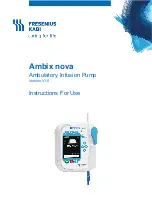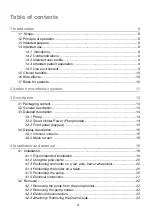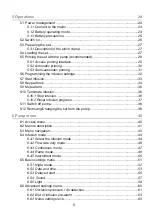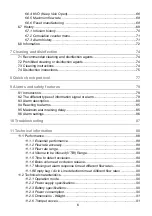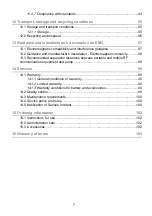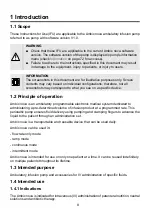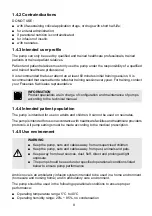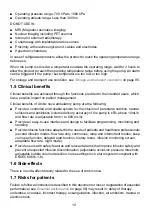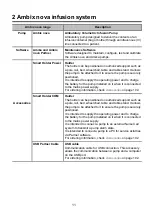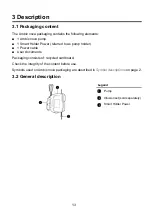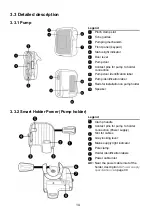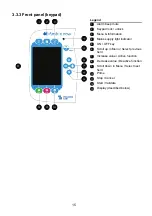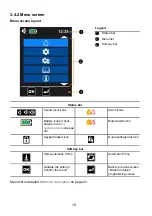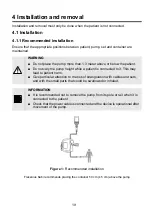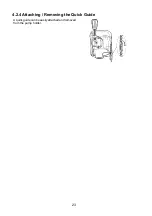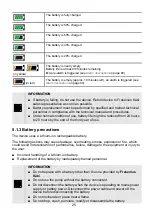
■
Operating pressure range: 700 hPa to 1060 hPa
■
Operating altitude range: Less than 3000 m
DO NOT USE IN:
■
MRI (Magnetic resonance imaging)
■
Nuclear imaging including PET scanner
■
Internal or external radiotherapy
■
Curietherapy with implantable radio sources
■
Proximity with electrosurgical unit, cables and electrodes
■
Hyperbaric chambers
In case of refrigerated products, allow the product to reach the operating temperature range
before use.
When the pump is stored at a temperature outside the operating range, wait for 2 hours to
allow the product to reach the operating temperature range before using the pump. An alarm
can be triggered if the pump / set temperature is too low or too high.
For storage and transport use condition, see
Storage and transport conditions
on page 95.
1.5 Clinical benefits
Clinical benefits are achieved through the functions provided to the intended users, which
has a positive impact on patient management.
Clinical benefits of Ambix nova ambulatory pump are the following:
■
Provide a controlled and reliable system for the infusion of parenteral nutrition, neutral
solutions and antibiotics (volume delivery accuracy of the pump is ±5% above 10mL/h
and flow rate is adjustable from 1 to 600 mL/h).
■
Provide an easy-to-use interface and design to facilitate programming, monitoring and
handling.
■
Provide infusion functions adapted to the needs of patients and healthcare professionals
(several infusion modes: flow rate only, continuous, ramp and intermittent modes; keep
vein open function, delayed start function, history menu, infusion monitoring screen,
adaptable flow rate, night mode).
■
Provide users with safety features and relevant alarms that improve infusion safety and
prevent unexpected infusion discontinuation (adjustable occlusion pressure threshold,
adjustable bubble volume detection, nurse settings lock, alarm system compliant with
EN/IEC 60601-1-8).
1.6 Side-effects
There is no side-effect directly related to the use of Ambix nova.
1.7 Risks for patients
Failure to follow all instructions described in this document or loss or degradation of essential
performance (see
on page 88) may result in: delay of therapy,
underdose, overdose, incorrect therapy, exsanguination, infection, air embolism, trauma or
electric shock.
10

